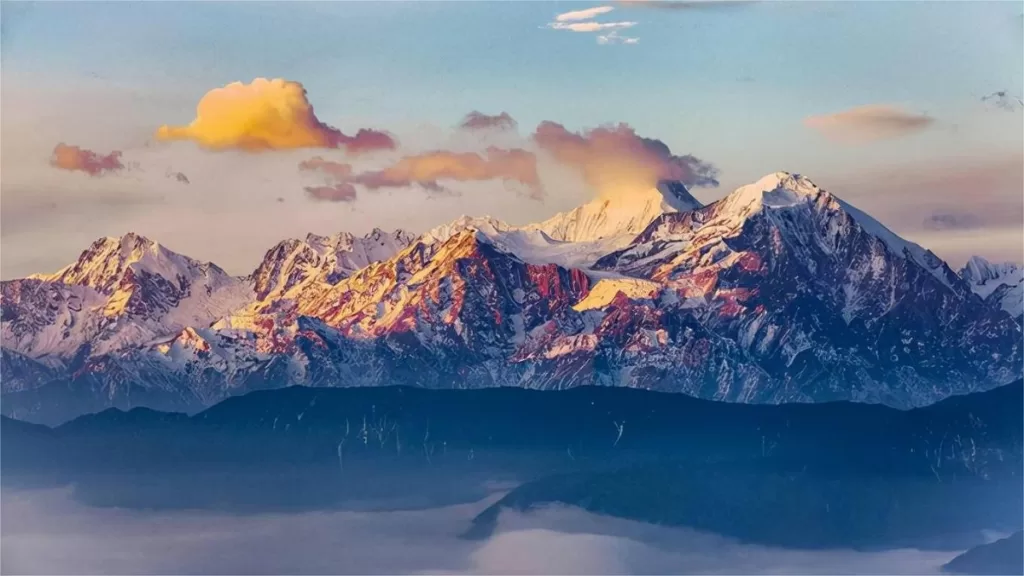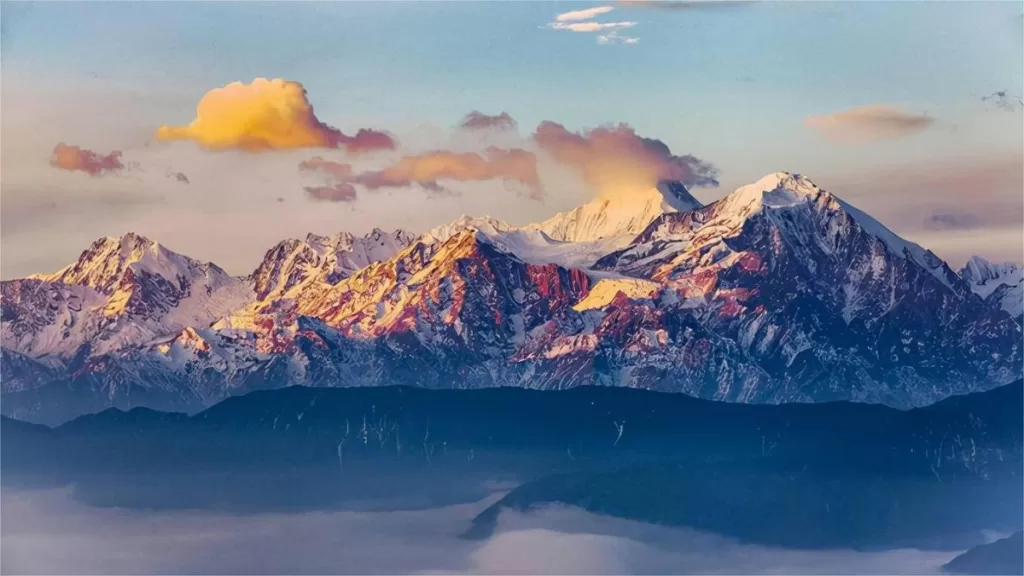Hoe werd de berg Gongga gevormd?


Berg Gongga, also known as Minya Konka, is one of the most majestic and awe-inspiring peaks in the world. Situated in the eastern part of the Tibetan Plateau, it is the highest mountain in Sichuan Province, China, and the third-highest peak outside of the Himalayas. The formation of Mount Gongga is a fascinating geological story that spans millions of years, shaped by the forces of tectonic movements, erosion, and glaciation.
The formation of Mount Gongga can be traced back to the tectonic activity that began during the Paleozoic era, approximately 540 million years ago. At that time, the Indian Plate began colliding with the Eurasian Plate, leading to the formation of the Himalayas and the Tibetan Plateau. The collision resulted in the uplift of the land, causing large-scale folding and faulting in the region, which laid the groundwork for the future formation of Mount Gongga.
Over the next several million years, intense tectonic forces continued to uplift the region, raising the ancient seabed and sedimentary rocks into towering mountain ranges. During the Mesozoic era, around 250 million years ago, the area was still experiencing significant geological activity, with volcanic eruptions adding layers of igneous rocks to the evolving landscape.
As time progressed, the Cenozoic era brought further geological changes. The Indian Plate continued to push northward into the Eurasian Plate, resulting in the ongoing uplift of the Tibetan Plateau and the surrounding mountain ranges, including Mount Gongga. This uplift was not a steady process but rather a series of intermittent movements and periods of stability, spanning millions of years.
As the mountains rose, the relentless forces of weathering and erosion began to shape the landscape. Rivers and glaciers carved deep valleys, exposing the underlying rocks and further contributing to the growth of Mount Gongga. Glacial erosion, in particular, played a crucial role in shaping the distinct pyramidal peak and steep ridges of the mountain that we see today.
During the Quaternary period, approximately 2.6 million years ago to the present, the Earth experienced repeated ice ages. Mount Gongga, being at a high altitude and within a relatively cold region, became a focal point for glaciation. Glaciers advanced and retreated multiple times, scouring the landscape, and deepening existing valleys.
One of the most remarkable features of Mount Gongga is its large and numerous glaciers, which cover significant portions of its slopes. These glaciers, sometimes referred to as “rivers of ice,” have sculpted the mountain over millennia, creating breathtaking icefalls, seracs, and hanging glaciers.
Today, Mount Gongga stands tall at an impressive elevation of over 7,500 meters (24,600 feet), a result of the complex interplay between tectonic forces and the processes of erosion and glaciation over hundreds of millions of years. Its towering presence and stunning natural beauty make it a cherished destination for adventurers, mountaineers, and nature enthusiasts from around the globe.
In conclusion, Mount Gongga’s formation is a geological saga that spans millions of years. The mountain’s genesis can be traced back to the tectonic collisions that uplifted the Tibetan Plateau and surrounding regions. The forces of erosion, especially glacial activity, have further shaped the mountain’s distinct features, culminating in the awe-inspiring peak we see today. As an icon of natural beauty and geological history, Mount Gongga continues to inspire wonder and reverence among those who venture into its majestic realm.
Andere feiten over de berg Gongga:
- De beste tijd om de berg Gongga te bezoeken
- Trekking in Mount Gongga – A Journey to the roof of Sichuan